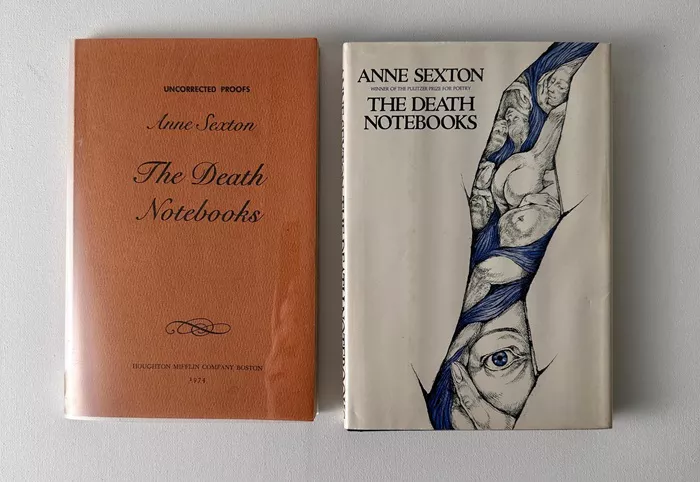Welcome to Poem of the Day – The Dead Heart by Anne Sexton
Anne Sexton is known for her deep exploration of personal pain, mental health, and the human experience. One of her poems that resonates with her style is The Dead Heart. This poem delves into themes of loss, emptiness, and the overwhelming nature of grief. It challenges the reader to reflect on their own emotional states and consider the impact of internal struggles.
The Dead Heart Explanation
Summary of the Poem
In The Dead Heart, Sexton presents a powerful metaphor of the “dead heart,” a symbolic representation of emotional numbness or detachment. The poem opens by describing a heart that is no longer alive or capable of feeling, setting the tone for the exploration of grief and desolation. The heart, once full of life and emotion, has become lifeless, a reflection of the speaker’s inability to experience or connect with the world around her.
The dead heart is not just an image of physical death but also a metaphor for spiritual or emotional death. Through vivid, often unsettling imagery, Sexton portrays how pain can strip away the ability to feel, leading to a form of emotional death. This might reflect the speaker’s own personal struggles, where despair clouds the capacity for hope or joy.
Themes in “The Dead Heart”
Grief and Loss: At its core, The Dead Heart is a poem about loss. The speaker grapples with an overwhelming sense of grief that leaves her feeling hollow and empty. This feeling is symbolized by the dead heart, which cannot function or beat with life. Sexton captures how grief can cause a person to feel disconnected from their own emotions, as if they have lost the ability to truly experience life.
Emotional Numbness: The dead heart is not just a result of loss, but also a cause of it. It represents a state of emotional numbness, where feelings become unreachable. This state can be seen as both a symptom and a coping mechanism for deep emotional wounds. By using the image of a dead heart, Sexton highlights how numbness can be a form of survival in the face of unbearable emotional pain.
Existential Struggle: The poem also touches on existential themes. The dead heart symbolizes not only personal despair but also the broader struggle of human existence. Sexton, known for her candid examinations of mental health, suggests that at times, it feels as though the heart, the center of emotion and life, can simply give up. This speaks to the vulnerability inherent in being human, where suffering can sometimes eclipse the ability to live fully.
Tone and Imagery
Sexton’s use of tone and imagery in The Dead Heart adds to the emotional weight of the poem. The tone is somber and introspective, as the speaker contemplates the nature of her inner emptiness. The imagery of a “dead” heart is stark and unsettling, evoking feelings of abandonment and decay. This creates a strong sense of isolation and helplessness, as the speaker is left to confront a heart that no longer functions as it once did.
The vivid language in the poem helps to convey the intense emotional landscape that the speaker navigates. Through the metaphor of the dead heart, Sexton transforms personal pain into a universal symbol of human suffering, allowing readers to connect with the speaker’s experience.
Conclusion
In The Dead Heart, Anne Sexton presents a haunting and poignant exploration of grief, emotional numbness, and the struggle to feel alive in a world filled with pain. Through her use of vivid imagery and powerful metaphors, Sexton invites readers to reflect on the depths of their own emotions and the complexities of the human heart. The poem captures the fragility of emotional well-being and the profound impact that loss can have on a person’s sense of self.
By the end of the poem, the reader is left with a haunting image of a heart that, though dead, continues to echo the emptiness left behind by grief. It serves as a reminder of the emotional wounds that often go unnoticed and the resilience required to overcome them. Sexton’s The Dead Heart is a poignant reminder of the importance of confronting and understanding our inner struggles, no matter how difficult they may be.

